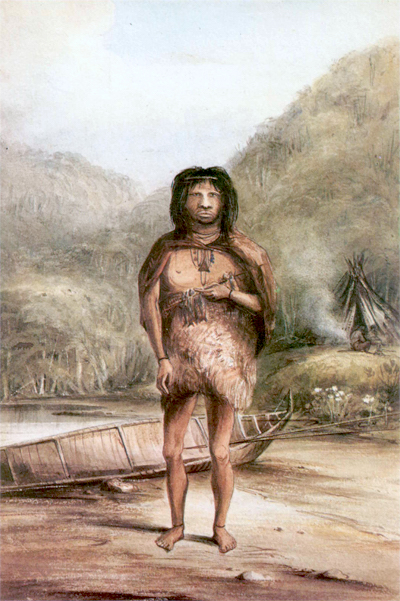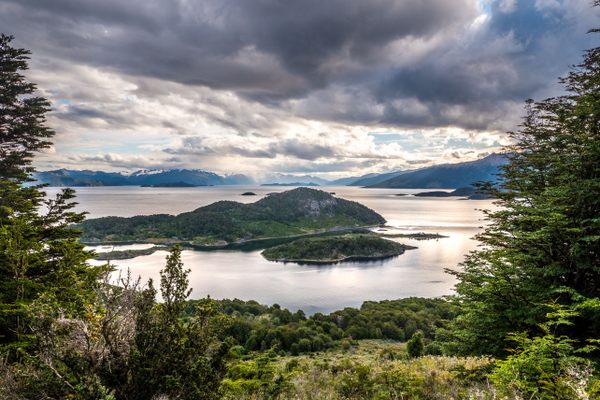The Tierra del Fuegians might fit your criteria .....

Fuegians - Wikipedia
en.wikipedia.org
Okay, that's stretching it a bit, 900km of rough seas......
We know the Kawesqar's were canoe builders/sailors though. Whether they ventured down the island chains and over.....who knows ?
We didn't used to believe that the Vikings had reached America. There are Maori stories of the ice continent though.
We'd need evidences, and though ice preserves, it moves and it ends up either buried in more ice or melted at sea.
Adaptations to climateEdit
Despite the cold climate, the early Yahgan wore little to no clothing, which only changed after extended contact with Europeans.[8] They were able to survive the harsh climate because:- They kept warm by huddling around small fires, including in those set in boats, to stay warm. The name of "Tierra del Fuego" (land of fire) was based on the many fires seen by passing European explorers.
- They used rock formations on their land to shelter from the elements.
- They covered themselves in animal grease to trap heat and provide an extra layer of fat.[9]
- Over time, they evolved significantly higher metabolisms than average humans, allowing them to generate more internal body heat.[10]
- Their customary resting position was a deep squatting position, which reduced their surface area and helped to conserve heat.[9]



